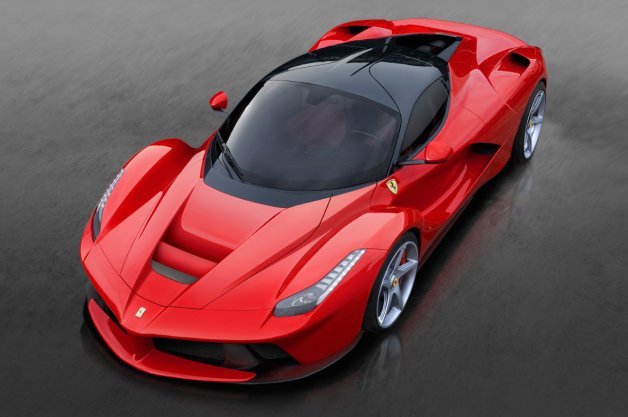Ferrari Threatening to Fine Journalists $69,000 for Breaking LaFerrari Embargo?

While news embargoes (where pubs are provided with information and images and agree to hold until a predetermined date) are fairly common, today, we're focusing on drive embargoes. These are what we generally end up signing when we attend a vehicle launch. Generally, these are in the media's best interest. As drive programs are spread out over a week or two with multiple different "waves" of media, drive embargoes put the biggest and smallest publications on level footing when it comes to publishing reviews.
According to a report from Autocar's Steve Sutcliffe, Ferrari has taken its drive embargo for the LaFerrari hypercar a bit too far. See, initial reviews from the few publications that attended the drive event for the hybrid-powered monster can hit the newsstand or internet on April 30. Originally, syndicated stories – those sold by freelancers or publications to other outlets – couldn't be published until May 12. These syndicated reviews are big money for larger magazines and, in the case of freelance journalists, are a primary source of revenue. Inexplicably, though, Ferrari has pushed the syndication embargo back to May 26, which is bad news for everyone involved (aside from Ferrari).
This could have been nothing more than an annoyance. The stories would still get sold (although it might be for a bit less coin, considering the initial reviews will be nearly a month old) and you'll still be bombarded by reviews of the LaFerrari not once, but twice, just as Ferrari planned.
What's truly weird, though, is what Ferrari is doing to try and enforce its syndication embargo – the Scuderia is threatening to fine journalists 50,000 euro ($69,000 at today's rates) if their embargoed copy or images are published before May 26. Let's keep in mind, this isn't a leak of driving impressions – those are almost certainly going to be published at 12:01 AM on April 30 by every publication that attended the drive program – it's merely the secondary publication of an old review.
Not only is the reasoning for this absolutely bewildering – Ferrari doesn't seem to gain anything by limiting secondary publishing of LaFerrari reviews – but as Jalopnik's Matt Hardigree points out, it basically puts a price tag on breaking an embargo. Publications that aren't invited to drive the LaFerrari but can afford to pay the $69,000 fine have no reason to follow the embargo (they obviously weren't invited to drive the car, so why worry about angering Ferrari?).
Sutcliffe has a more concise breakdown of the entire affair over at Autocar. Have a look, and then head back here and let us know what you think.
Nouvelles connexes


